A Lab Approach
Facilitating collaborative processes with surprising results; on conducting experiments and fostering emergence, through co-creation and values-based lab cultures.
Excerpts gleaned from A Lab Approach for Marine CoLABoration, article commissioned by the Calouste Gulbenkian Foundation for their event Ocean Connects Us on the 1st March 2017.
Contemporary labs have many guises. Aside from scientific laboratories, other forms include change labs, systems labs, civic labs, social or cultural innovation labs, and so forth. The key characteristic of such labs is that they offer space for groups to investigate complex real-world challenges and to collaboratively develop possible solutions. Lab participants learn from each other, continuously increasing the overall capacity of the group. Together they question the status quo, research alternatives, formulate ideas as hypotheses, conduct experiments, and evaluate whether the lab’s work contributes to a desired systemic change. The lab structure is almost always a network, able to change its shape and scope depending on its needs and available resources. The culture of labs is open and inclusive, encouraging sharing of knowledge and resources as a commons. A Future of the Lab
This is a unique kind of laboratory — one that creates a dialogue, listening carefully with an open mind to all the voices, and then tries to translate them, mix them, and amplify them to prototype and develop alternatives. […] We embrace exploration and inclusivity, yet we’re ruthless in maintaining our focus on what works. We engage both the radical and the established, while remaining credible to each. Tension and ambiguity are inherent aspects of working in this fragile context. There is a craft, an art and a science to creating and evolving these “spaces in between” in order that the new might emerge.
Labcraft: How Social Labs Cultivate Change through Innovation and Collaboration.
While the manifestations and methods may differ, most labs share a few key aspects. Labs conduct experiments. Labs foster emergence. Labs evolve through collaborative creation and peer learning. Labs cultivate agile mindsets, heartfelt values and proactive cultures. Labs celebrate and support the inquiring spirit. Labs acknowledge that creativity comes in many guises and should be valued as a shared resource. Some Notes on Transdisciplinarity The iterative, experimental nature of the work undertaken in labs stimulates the participants to become more adaptive to changing conditions.
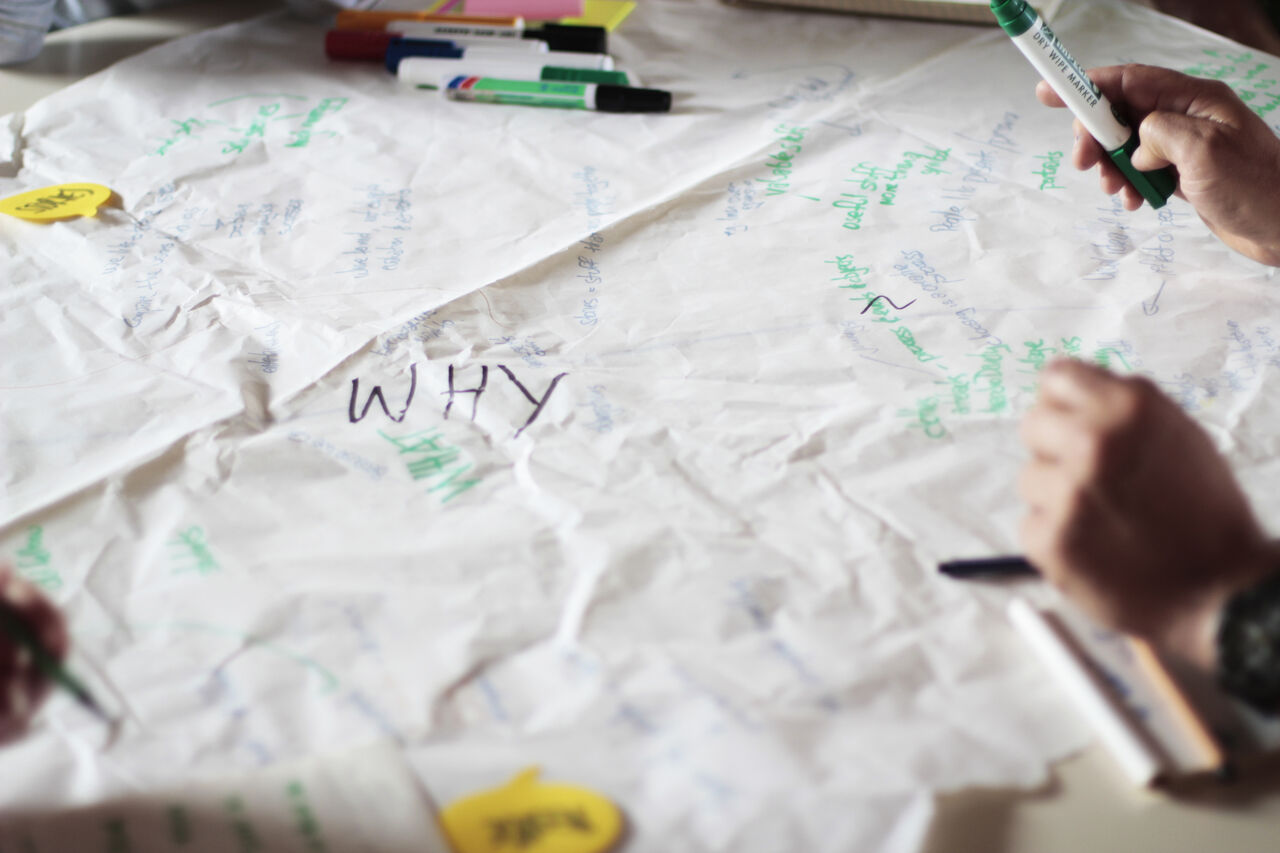
All of civilisation is one giant laboratory instrument, poking at the unknown.Venkatesh Rao, Extraordinary Laboratories.
Space for emergence
Some of the most important discoveries in human history happened by chance. One of the main differences between the lab approach and goal-driven problem solving is the acknowledgement that seemingly aimless exploration can lead to surprisingly innovative results. It is important to leave room for the unexpected, the unplanned, and the inconsequential. While this might sound simple, it isn’t necessarily easy. Similar to improv theatre or music, the lab approach begins with designing a framework to encourage experimentation and improvisation. The lab approach creates and holds space for emergence.
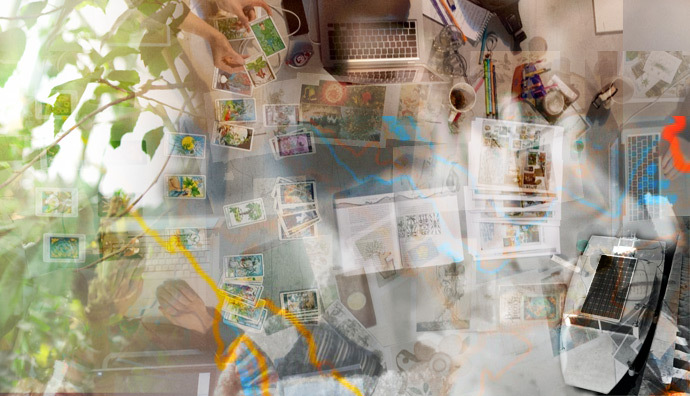
Creating space for emergence is about structuring the spatial and temporal elements of the lab to encourage exploration and interaction, starting from seemingly trivial things like arranging furniture and allocating time. A well designed physical space provides opportunities for different types of activities and movement. It is therefore important to think about how the lab facilities can support rather than hinder collaborative processes. Nothing in a lab is taken for granted and everything can be questioned Recovering Experts — including the layout of workspaces, facilities, spaces for focus, relaxation, or socialising, et cetera. Being attentive to the spatial and temporal flow in participatory situations.
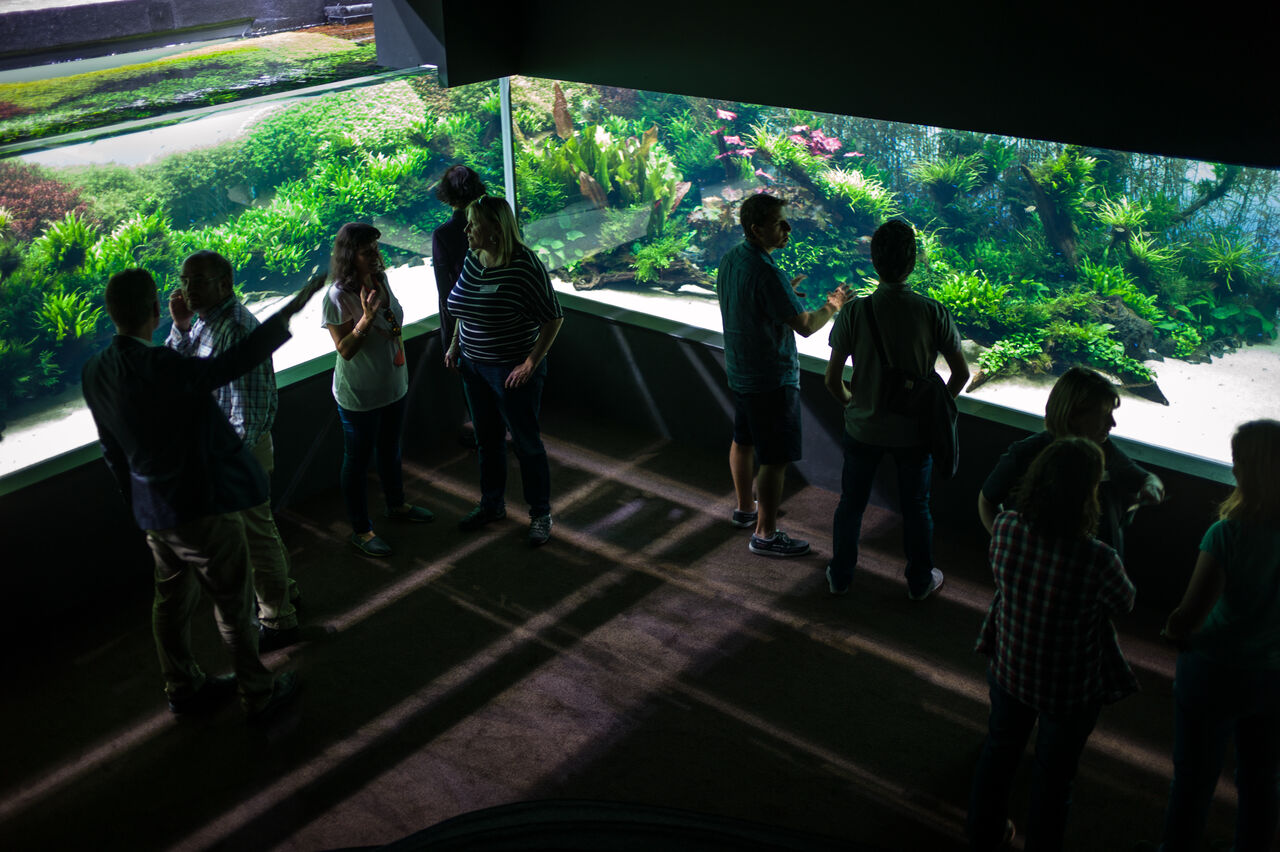
Everyone and everything in the lab contributes to its development. Similarly, the temporal flow of the lab process incorporates different rhythms and can be modified ad hoc. Some activities benefit from long, meandering discussions, while others require quick, intuitive reactions. Different types of sessions are better suited for different times of day or even different seasons. Even the most expertly designed process can only ever be a sketch to be adapted and refined during implementation. This is where holding space for emergence becomes crucial. Holding space is about being alert and fully present; it is about appropriately responding to what is happening in the moment while also keeping in mind the long view and the big picture. The Circle It encourages free exploration without losing track of the intention the group set for itself. Holding space is a skill that distinguishes exceptional improvisers and process facilitators, whose work goes beyond merely applying methods and techniques.
Liminal space […] was tricksterish and, like Raven stealing fire from the gods, I learnt one of the secrets of the universe: up close, the laws of possibility are not fixed. They can be risked, experimented with and gambled on. Between the boundary of what is possible and what is not there is a field: a space of transformation the universe only releases in the dusty arena of action, trying, failing and trying again. The threshold between what is and what could be is rich in potential for change.Lucy Neal, Playing for Time: Making Art as If the World Mattered.
Participatory process, peer learning, and co-creation
Co-creation and peer learning are the cornerstones of the lab approach. The lab approach encourages participants to question, extend, and borrow methods from each others’ practices. Sometimes they constructively challenge assumptions; other times they find unexpected synergies between disparate approaches and ideas. The more diverse the participants’ backgrounds, the more they can learn from each other. In a multi-stakeholder group, every person is an expert in some areas, and a novice in many others. One person’s weakness is likely someone else’s strength. When combined, they can complement and support each other.
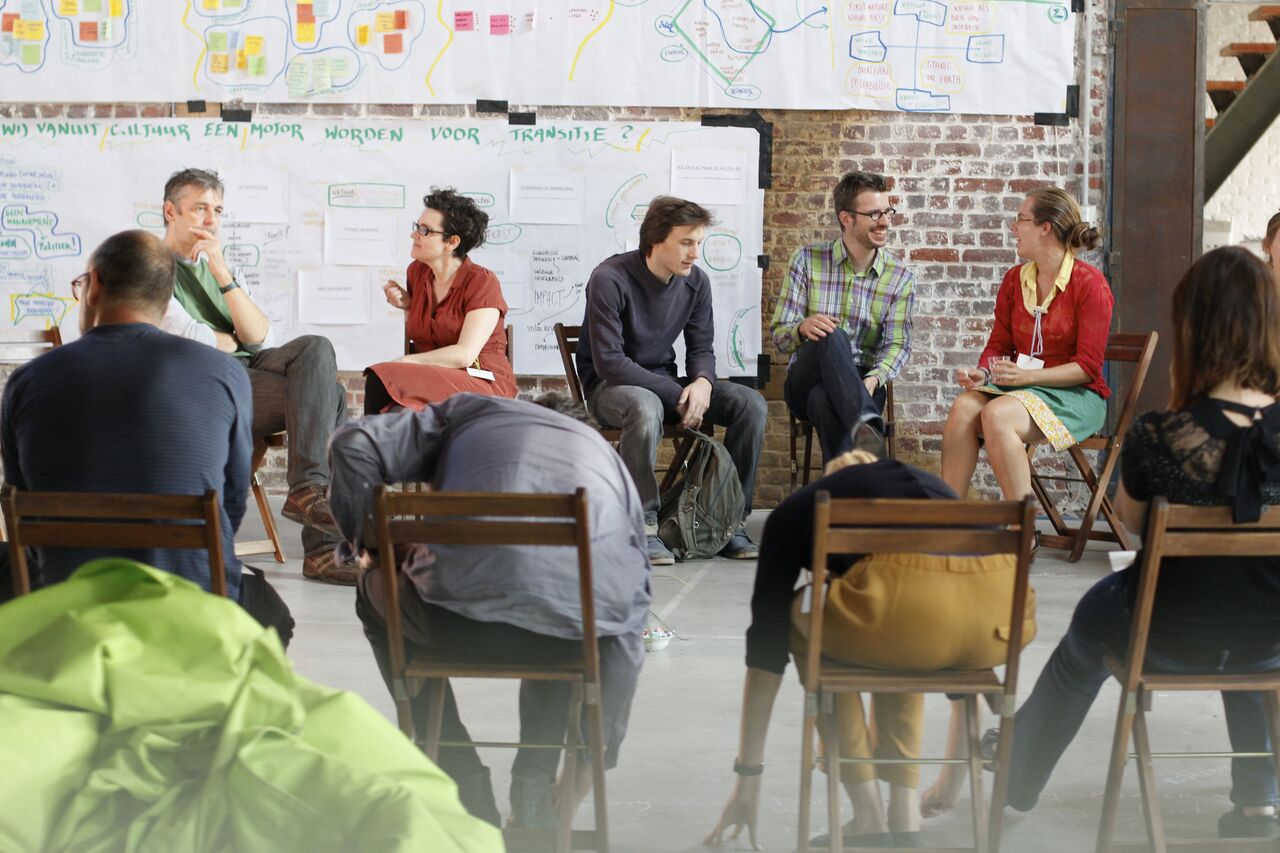
A participatory process — such the lab approach — connects individuals’ diverse skills and personalities into a whole that can (ideally) become more then the sum of its parts. In a systems change lab no individual expertise can ever fully cover the breadth of subject matter. Realising just how interdependent we are (as individuals, collectives, and societies) can be a humbling experience. Yet interdependence also brings about a sense of agency and responsibility — “what I do matters; my actions influence all other actions”. The lab process acknowledges individual contributions and engages each participant as a team member contributing to the group’s collective intelligence.
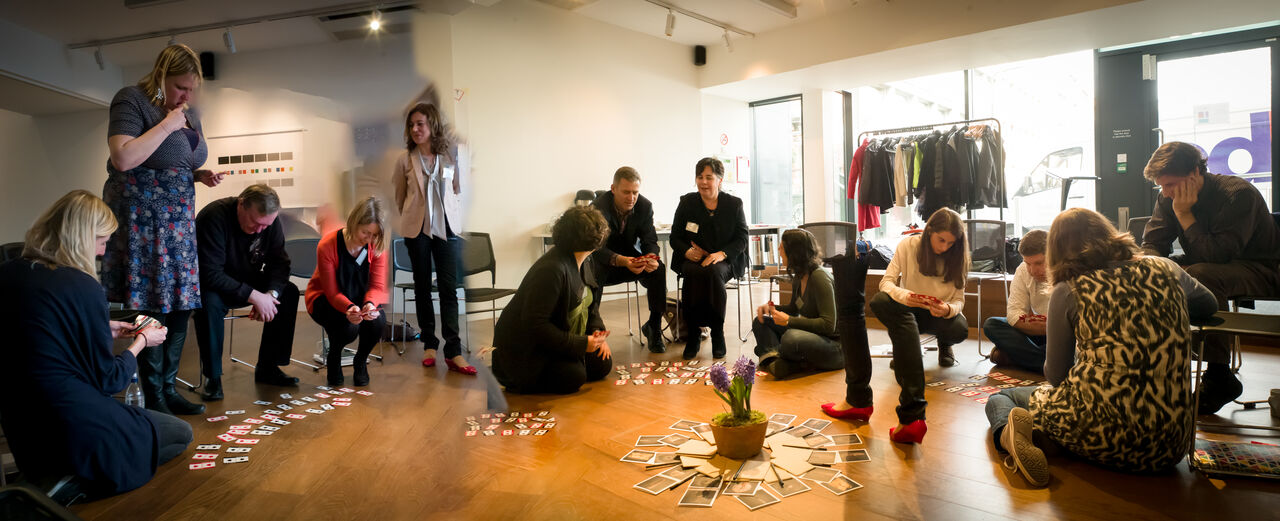
Participatory processes appreciate the importance of aligning personal with collective development and intellectual with experiential learning. They include a multiplicity of formats that speak to a range of faculties — some participants excel verbally, others visually; some have a penchant for analysis, others for synthesis; some prefer introverted activities while others thrive in extroversion. Furthermore, the participants’ faculties and preferences aren’t a fixed constant. They depend on a range of internal and external influences, from things as visceral as back pain to the a group being affected by shocking news. No process designer can ever plan for every contingency. So, how can participatory processes that work with the heterogeneity of aptitudes, experiences, and personalities be designed? It is more akin to planting and tending a garden than building a highway. Process design is about finding a delicate balance between cultivating and letting grow, between guiding and stewarding.
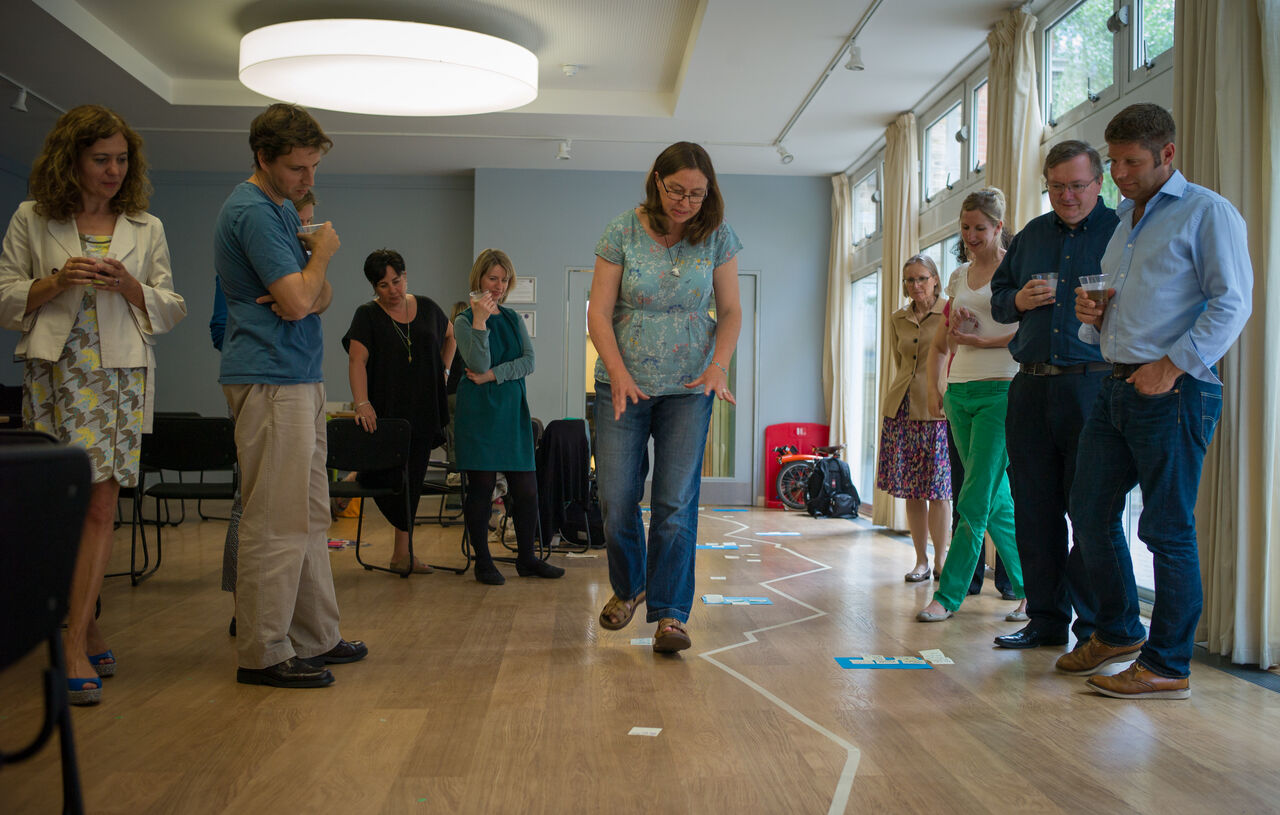
Iterative Experiments
The word laboratory derives from the Latin verb laborare, to work. So what is the work in the lab approach? The lab incubates and conducts experiments that contribute to desired systemic change. Experiments tend to be designed iteratively and usually include several cycles of research, implementation, prototyping, reflection, and sharing. The process starts by finding a way to do the smallest thing possible that could contribute to achieving the larger vision. The experiments can scale up or change with every iteration, which can substantially reduce risk. The iterative, experimental nature of the work in a lab approach makes its outcomes more adaptive to changing conditions, and therefore more resilient and relevant in the long term. Some experiments succeed, others fail. Either outcome can provide useful data, as “compost” for the next iteration. The experimental process and results are openly shared and adapted as needed, assuring more effective systemic outcomes while avoiding catastrophic failures. Taking Risks or Making Risks

What could an experimental cycle look like? Each iteration of an experiment begins with the articulation of a relevant question or challenge, followed by examining the context and mapping the current situation and emerging tendencies. This research should be conducted in the field whenever possible and take into account all stakeholders (human and otherwise). “Learning journeys” are a particularly valuable way to collect information directly in the field, with people who are immersed in or affected by the issues the experiment is attempting to resolve. Based on information gathered in the research phase, experimenters formulate a hypothesis as a basis for a concrete, testable experiment.
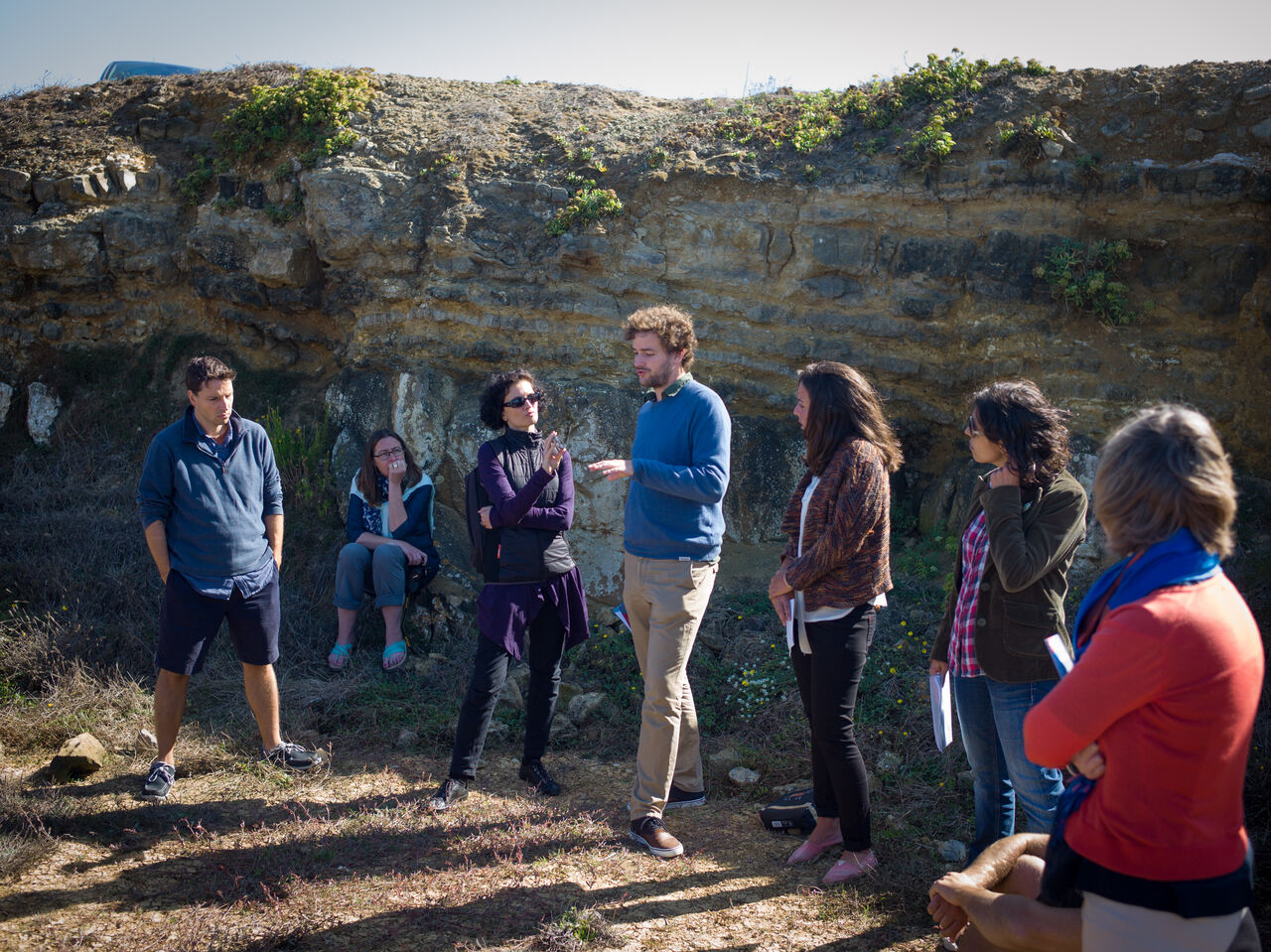
A hypothesis is something like a “strong opinion weakly held”: it can be defended in an argument, yet can be discarded when faced with new evidence. The lab approach provides space for shaping hypotheses and a context in which they can be tested, strengthened, or reformed, as experiments.
The word hypothesis sounds authoritative, but it actually means the opposite. […] It’s a starting point, not an endpoint. In our accelerated world, we’re best served by taking stock of our assumptions and transforming as many as possible into hypotheses. […] Thinking this way takes the pressure off, because we don’t feel like we have to know something that isn’t yet knowable. We’re free to let the future be the future
The first iteration of the experiment can be a simple prototype, designed in such a way that it can be completed in a short amount of time and with minimal resources. The challenge is to design the simplest possible experiment without losing sight of the big picture; the prototype (no matter how crude) should test the hypothesis and provide useful answers for the larger, systemic questions.
After the experiment is completed, the process and results are evaluated to find out what worked, what didn’t, what has been learned, and what can be improved. The insights are shared with the lab members and publicly if appropriate (to elicit feedback from a wider group of stakeholders). A new cycle then begins with adapting or refining the question, possibly expanding the context, creating a new hypothesis or reformulating the existing one, then gradually refining, branching, or scaling the experiment. Experimental cycles begin and end with inquiry. Through multiple cycles the lab gradually accumulates capacity and extends its knowledge base, while simultaneously scaling the reach and influence of its results.

Cultivation of mindsets, a community, and a culture
Experiments provide tangible outcomes from a lab approach, but many of the long-term benefits are intangible: the cultivation of values and mindsets, communities, and cultures. Openness, adaptivity, curiosity, inclusion, and diversity are some of the core values cultivated through the lab approach. Shared values and mindsets begin to evolve when a loose collection of individuals becomes a collective, a team, a community of practice grounded in mutual trust and respect. The transformation starts with open-minded dialogue and inspiring co-creation. It develops through collaboration and jointly confronting challenges. Breaking Down The Economy

As a collaborative team matures, the supportive tasks of the community come to the fore, such as mentoring, coaching, and consulting. Underneath and in between the work, the participants get to know each others’ diverse personalities and histories. They develop a deeper understanding of the various motivations and aspirations co-existing in the group. Unexpected connections can emerge more easily when the process incorporates informal social gatherings as an inextricable part of the lab. They can be as simple as shared lunch breaks or dinners, or as involved as field trips, retreats, and family outings. If the lab approach is to foster the development of a long-term community of practice, social aspects may need as much attention as designing experiments. The culture of the lab emerges gradually through interaction between work and sociality, as an embodiment of shared values and principles.
If there is to be an ecology of practices, practices must not be defended as if they would be weak. The problem for each practice is how to foster their own force, make present what causes practitioners to think and feel and act. But it is a problem which may produce also an experimental togetherness among practices, a dynamics of pragmatic learning of what works and how. This is the kind of active, fostering “milieu” that practices need in order to be able to answer challenges and experiment changes, that is to unfold their own force.Isabelle Stengers, Introductory Notes on an Ecology of Practices.
🝓
Further reading & references.